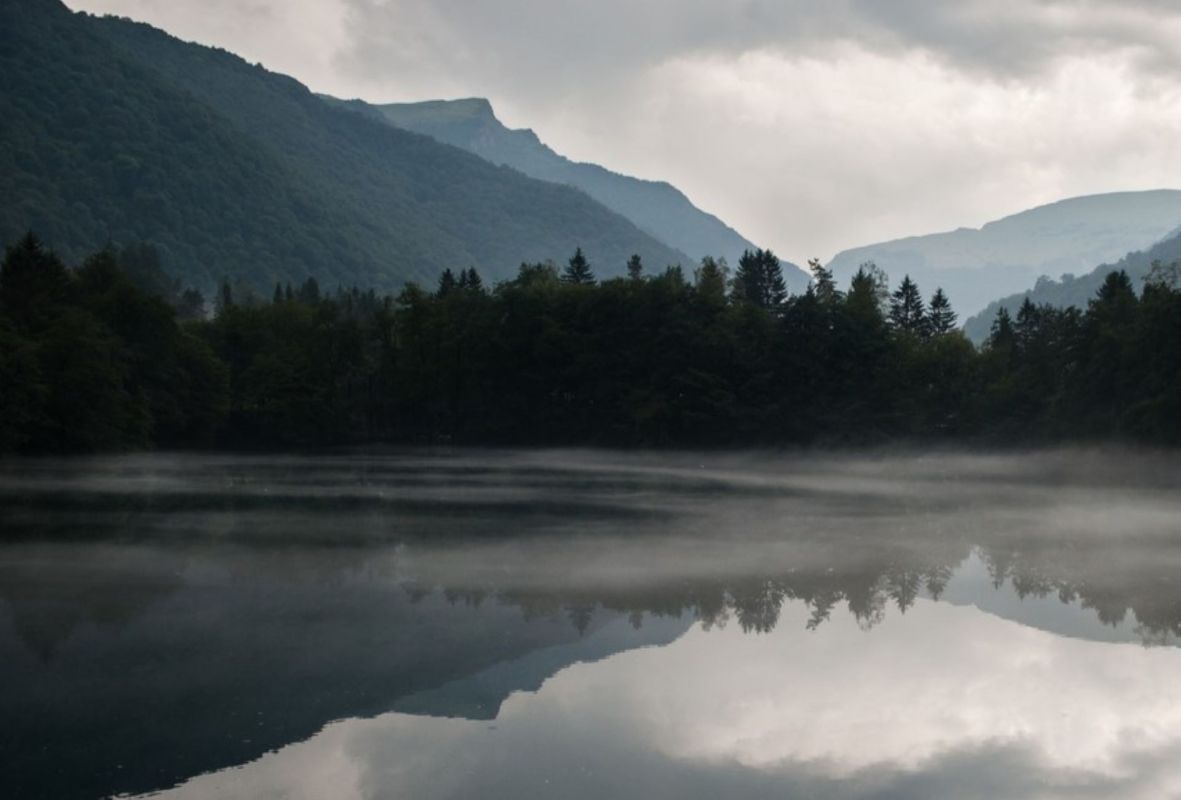Fly-fishing has been a popular pastime and tourist attraction in Montana for decades. Its popularity rose after the release of the 1992 Robert Redford movie "A River Runs Through It," and again during the pandemic when people were drawn to outdoor activities.
But now, Montana's fly-fishers are reporting that the populations of brown and rainbow trout have plummeted, and the ones that are still around are showing up with a variety of concerning diseases.
What's happening?
"We've seen whirling disease, red sores and lesions on fish, and brown trout with cauliflower fungus," Wade Fellin, the owner of a lodge that hosts fly-fishing trips, told The New York Times. "The brown trout are blind and still alive."
Locals have been referring to these blind fish as "zombie trout."
In addition, the number of trout in the rivers has dropped precipitously, as trout die off because of the effects of human-caused pollution and from the fishing itself. The number of "angler days" — a term that essentially translates to total fishing sessions — on the Big Hole River rose from 71,553 in 2011 to 118,000 in 2020.
Why is this concerning?
There isn't just one factor contributing to the decline and disease of the trout populations — scientists studying the problem have found a host of them.
One big issue is the continued overheating of the planet. As the Times reported, Montana has warmed by 2.7 degrees since 1950 that has led to lower levels of dissolved oxygen in the water, harming the fish.
"Fish are continually getting stressed through the summer with the drought conditions and going into another stressful situation in the fall when they are spawning," Eileen Ryce, head of the fisheries bureau for the Montana Department of Fish, Wildlife, and Parks, told the Times. "All of that is hard on fish survival. On top of that, you add angling and handling of fish."
The fish are also competing for resources with farms, which divert water for irrigation. In addition, cattle farms produce manure, which leaches nutrients into the streams and causes algae blooms.
In addition, human-caused pollution continues to kill off insect populations, reducing one of the trout's main food sources.
All of these factors — and potentially even more that have not been found, as the causes of some of the diseases are still undetermined — are having a disastrous effect on the ecology and wildlife of the region.
What is being done?
While it may seem advisable for Montanans and tourists to stop fishing the trout, as their populations become increasingly depleted, the popularity of the hobby and the money that it brings in make that solution unlikely.
Instead, some of the guides, outfitters, and business owners who profit from the practice have come together to found a nonprofit organization called Save Wild Trout, which is attempting to pressure the governor to form a task force that will look into the problem.
The group has also contracted its own scientists to study water quality and identify what is happening with the various diseases. The Times reported that some fishing guides have also started to change their own practices, including by stopping fishing once the water reaches a certain temperature in order to give the fish a better chance at respawning.
Join our free newsletter for cool news and cool tips that make it easy to help yourself while helping the planet.









